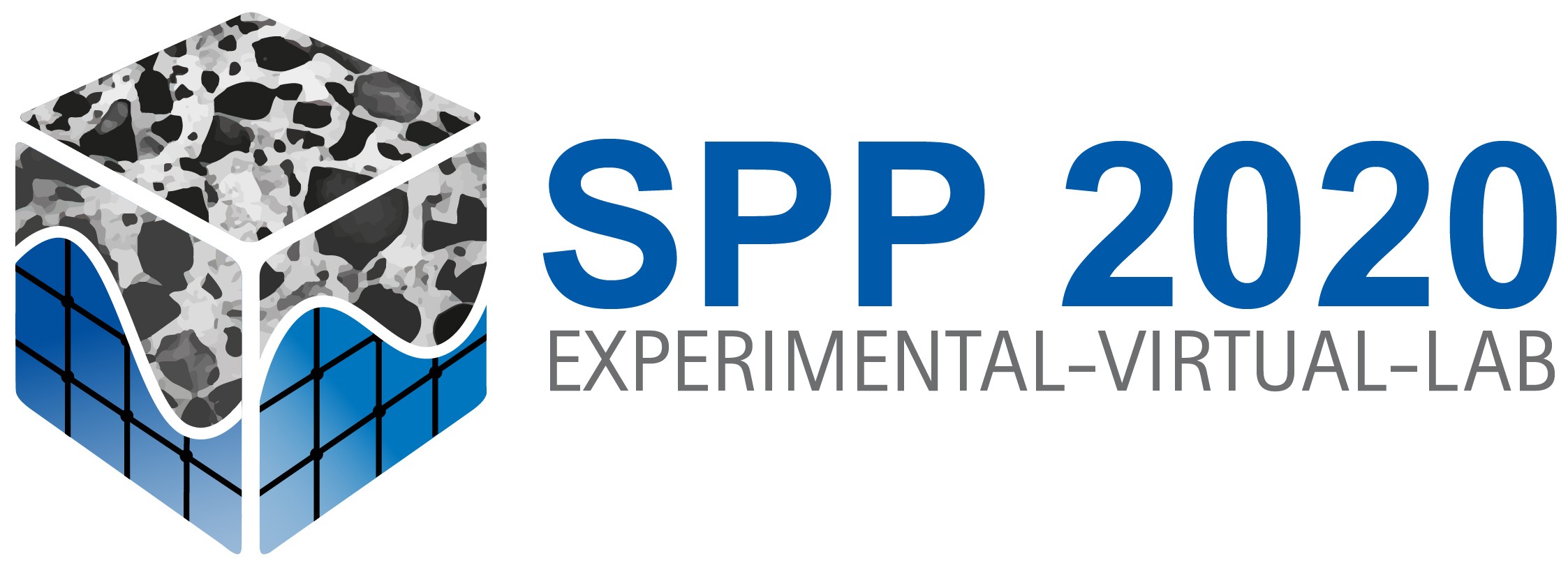Co-Applicants
Project description
The project pursues two goals: Firstly, the investigation of microstructure damage due to fatigue in high-performance cementitious materials using high-resolution analytical electron microscopy. In particular, this involves the connection with existing inhomogeneities, e.g. the residues of superplasticisers in the hardened material. The working hypothesis is that in capillary pore-free high-performance concretes, crack initiation is linked to such inhomogeneities, whereas in common concretes crack initiation is based on capillary and composite porosity. As a second objective, the project pursues multi-scale modelling of fatigue in high performance concretes using Bonded Particle Model (BPM). The project focuses on concretes without capillary pores. The investigation of microstructural damage is carried out on micro-samples subjected to tensile tests in a transmission electron microscope, the results of which are linked to the distribution of the phases. The investigation of crack propagation is carried out on macroscopic fatigue-damaged specimens. Parts of these samples are analysed using FIB tomography, a method that allows a three-dimensional investigation of the structure with very high resolution. A considerable part of the scientific work will involve method development in high-resolution electron microscopy, which will subsequently be available to the entire SPP. However, the investigations will also provide fundamental results on microstructure damage, crack initiation and crack propagation under fatigue for the SPP's own modelling work and other projects in the priority programme.
The numerical research work in this project focuses on the development of a multi-scale, BPM-based modelling concept as well as on the development and validation of meso- and macromechanical models to describe the damage processes. The new method should be able to predict mechanical properties as a function of cyclic mechanical loads, to take into account the influence of the mesostructure on the macroscopic behaviour of concrete, and to describe the formation and coalescence of micro-cracks and the growth of failure-inducing macro-cracks. For the modelling of concretes, the self-developed DEM simulation system MUSEN is extended with improved calculation algorithms and new mechanical models. The validation of the simulation results and the determination of the model parameters will be carried out on the basis of experimental investigations on samples of ultra-high-strength concrete and its components. Not only will the macroscopic mechanical behaviour of materials be taken into account, but the information obtained from electron microscopic investigations will also be used for model building, adaptation and validation.
